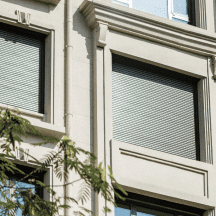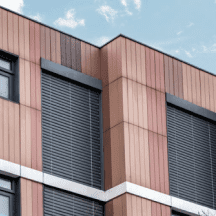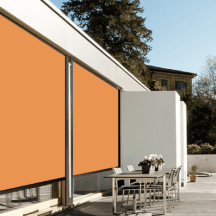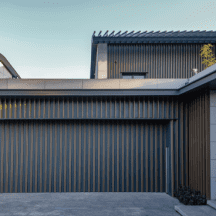MEDIA CENTER
Sunshading function of roller shutter
Roller shutters exhibit outstanding sun shading and heat insulation capabilities due to their unique design and material properties. The choice of materials is crucial, with common options including polyurethane foam, PVC, and aluminum alloy. These materials possess excellent thermal insulation properties, effectively resisting the conduction and radiation of external heat, thereby reducing fluctuations in indoor temperatures.

In the design of roller shutters, the application of double or multiple layers is a common strategy. This structure often incorporates insulation materials or creates air layers internally to enhance thermal insulation. Through this design, roller shutters form an effective thermal barrier, blocking the intrusion of external heat while minimizing the impact of indoor-outdoor temperature differentials.
The installation method of roller shutters also plays a crucial role in their sun shading and heat insulation performance. Good sealing performance is essential to ensure effective thermal insulation. By employing installation methods with excellent sealing performance, airflow can be effectively prevented, reducing heat transfer and further improving sun shading and heat insulation efficiency.
Additionally, the operation mode of roller shutters is another key advantage for their heat insulation performance. Users can freely adjust the opening and closing of roller shutters according to their needs, thereby flexibly regulating indoor lighting and temperature. This operation mode makes roller shutters a highly practical sun shading and heat insulation tool, providing strong support for the comfort and energy efficiency of living environments.
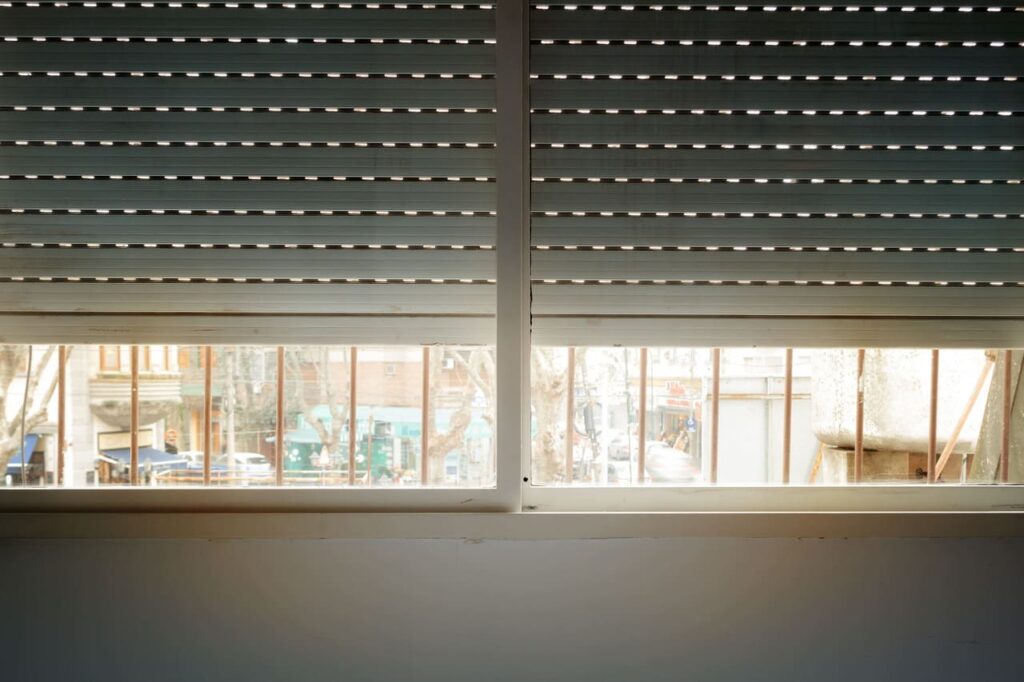
Overall, roller shutters demonstrate excellent sun shading and heat insulation performance through their superior material selection, meticulous design, and flexible operation mode, contributing significantly to the comfort and environmental friendliness of living spaces.


